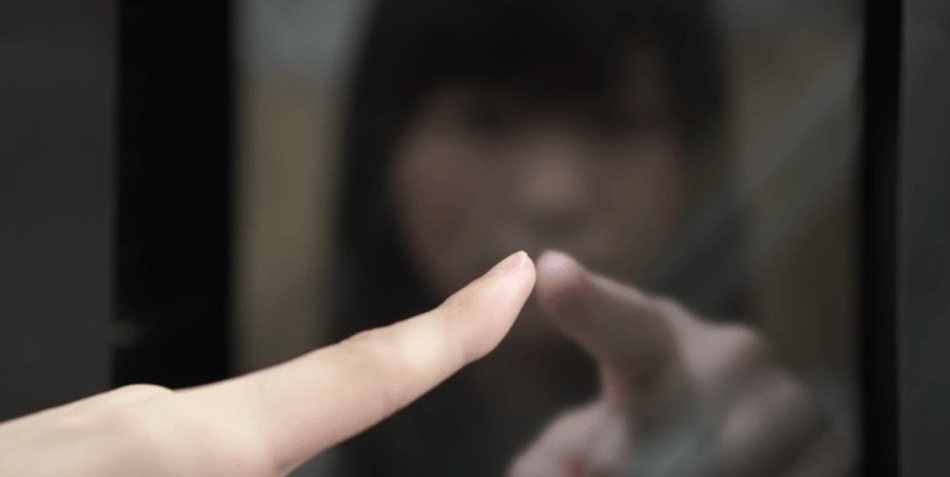Researchers have built a machine that renders holograms touchable, adding to a growing body of “telehaptic” prototypes released in 2015.
https://www.youtube.com/watch?v=0nlnRpFoBLo
The tactile sensation is pretty realistic. When a Gizmodo reporter tried it, she said she could tell that the holographic ball she was interacting with was made of inflated plastic–just by “touching” the hologram. When a Motherboard reporter tried Haptoclone, she described feeling a holographic rendering of a human hand as “strange bubble-like sensations” that emanated from her fingertips.
The technology is limited for now. It can only emit a “safe” level of ultrasound radiation, meaning that the degree of tactile feedback it can simulate is confined to things like lightly stroking an object. It can’t yet emulate a handshake or a bear-hug, as Motherboard noted.
For more of a full-body experience, you can try donning a Tesla Suit, which promises to transmit touch through a scuba-like outfit. It’s made by an outfit called Tesla Studio—no relation to the electric car maker—and it’s due for a fundraising campaign on Kickstarter.
A video shows the suit delivering what its makers claim is the first “virtual hug” ever received.
https://www.youtube.com/watch?v=qgFcuf1pGUA
Another, similar product, the KOR-FX haptic vest, is already in production, although it’s aimed at a market of hardcore gamers.
Then there’s this: a sonar glove that lets you ‘”touch” underwater objects that are just out of reach. It’s useful in situations like searching for items in a flood, its creators noted. The best part about this bit of telehaptic tech is that it’s available as a DIY kit: just 3D-print the pieces and wire it up to an Arduino to get started.








